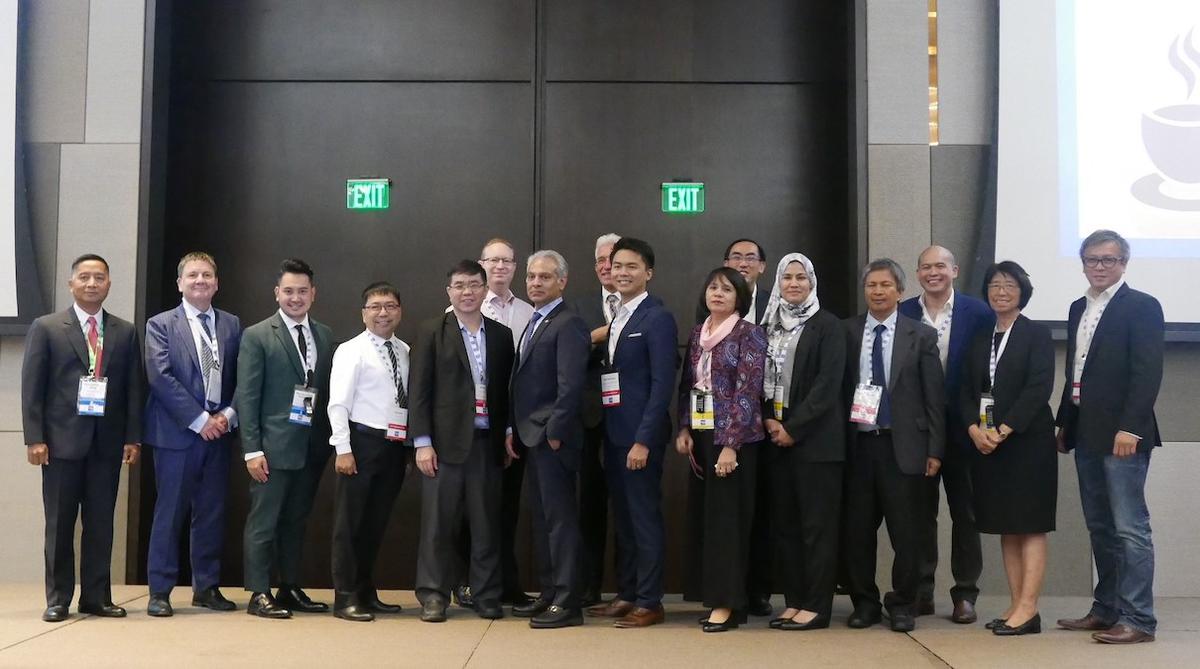With digital transformation a priority for both public and private organizations to improve operations, leading technology company Lenovo is urging leaders to focus on the three core aspects of workspace, work culture, and workforce for a smooth and hassle-free transition.
According to an IDC study commissioned by Lenovo, despite the increasing rate of digital transformation, 60 percent of organizations in the Asia-Pacific are still struggling to achieve enterprise-wide transformation because of multi-faceted challenges such as data security, privacy, and identity.
On the local level, these issues came into light once again at the recent 2019 OpenGov Asia Forum where Michael Ngan, country general manager, Lenovo Philippines, was tapped as a roundtable moderator. During the discussion, representatives of various government agencies shared that their current problems with digital transformation come from the lack of key resources such as skilled workers and infrastructure. Moreover, they also cited having no clear goals and a culture not open to innovation as other main hurdles.
Holistic approach
To achieve and sustain the high quality of public service that is expected of them, Ngan advised the agencies to take a holistic approach to digital transformation.
“In order to fully reap the benefits of digital transformation, organizations should put efforts on turning workplaces into collaborative, rather than task-based, work environments,” Ngan said. “This enables easy adaptation of future operating models, as well as improves productivity and employee experience.”
One recommendation that Ngan shared to bolster the workforce is to set up co-working spaces, a fast-growing trend driven by competitive pressures to innovate and attract and retain the top talent, which is comprised of millennials and digital natives.
IDC also predicted that by 2024, 50 percent of repeatable tasks will be automated while 20 percent of workers doing highly brain-powered tasks will have AI-infused software or other related connected technology as a “coworker.” Lenovo thus advises organizations to start laying the groundwork for developing a cohesive existence of their human employees and digital workers, i.e., Artificial Intelligence.
Agile technology
Furthermore, as having a “workculture” averse to innovation is detrimental to the life of an organization, Lenovo suggests that agencies turn it around by empowering employees with the right skills and technologies that facilitate collaboration and supports an innovation culture, not just internally but also with others by considering the broader ecosystem and potential partners.
“It is critical now to empower employees, especially in the public sector, with the right set of agile tools, technologies, and an enabling environment that fosters a digital-first approach. This further bolsters both productivity and engagement levels for better outcomes,” explained Ngan.
An example of agile technology that Lenovo recommends is personalized computing, a setup that simplifies the financing, deployment, management, and disposal process of computing assets by grouping them into a single, configurable solution. This means that organizations can select the appropriate hardware and software, giving the workforce greater device choice and removing compatibility issues.
Used effectively, an enhanced digital workspace, workculture, and workforce can help public bodies become intelligent enterprises that can automate processes and even anticipate the needs of the public.
